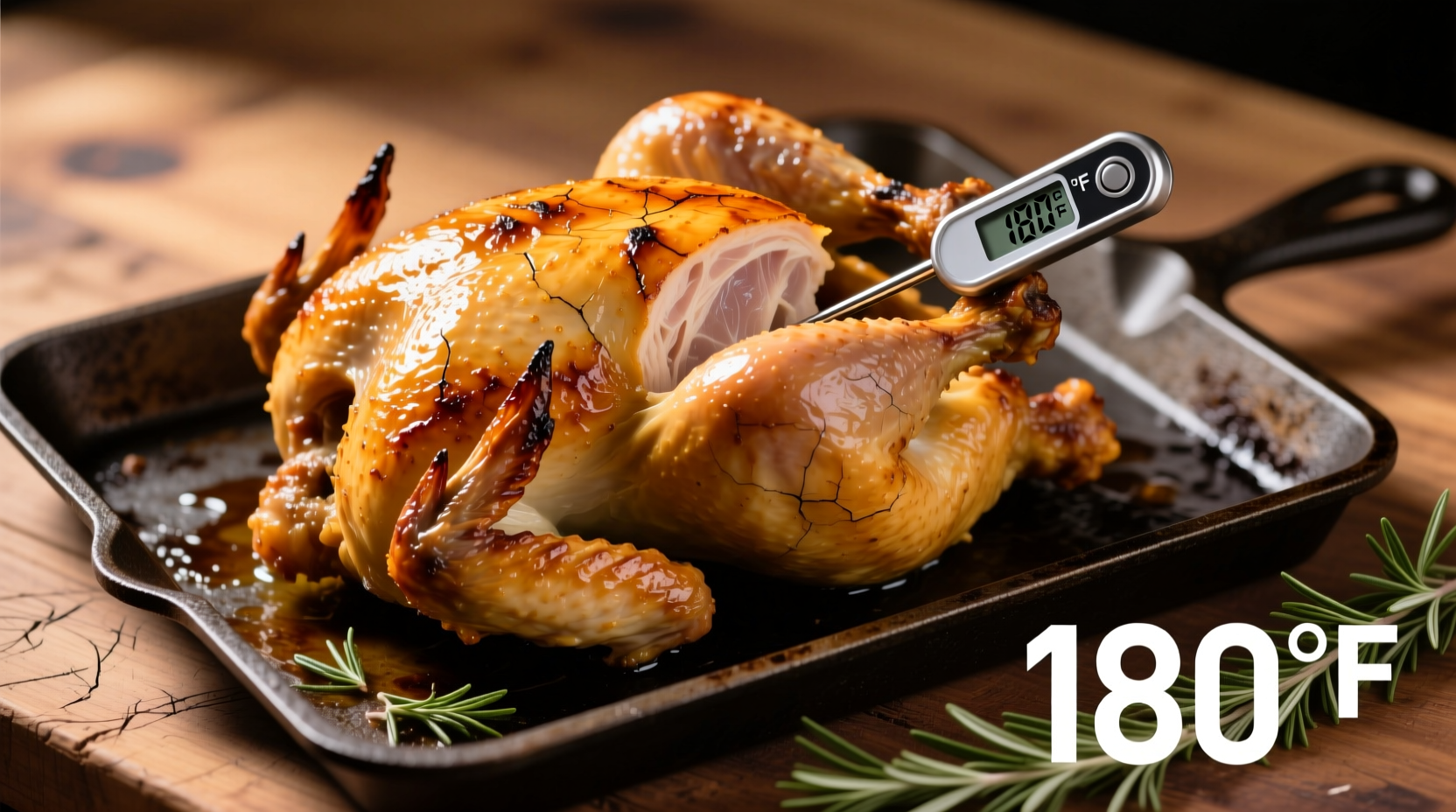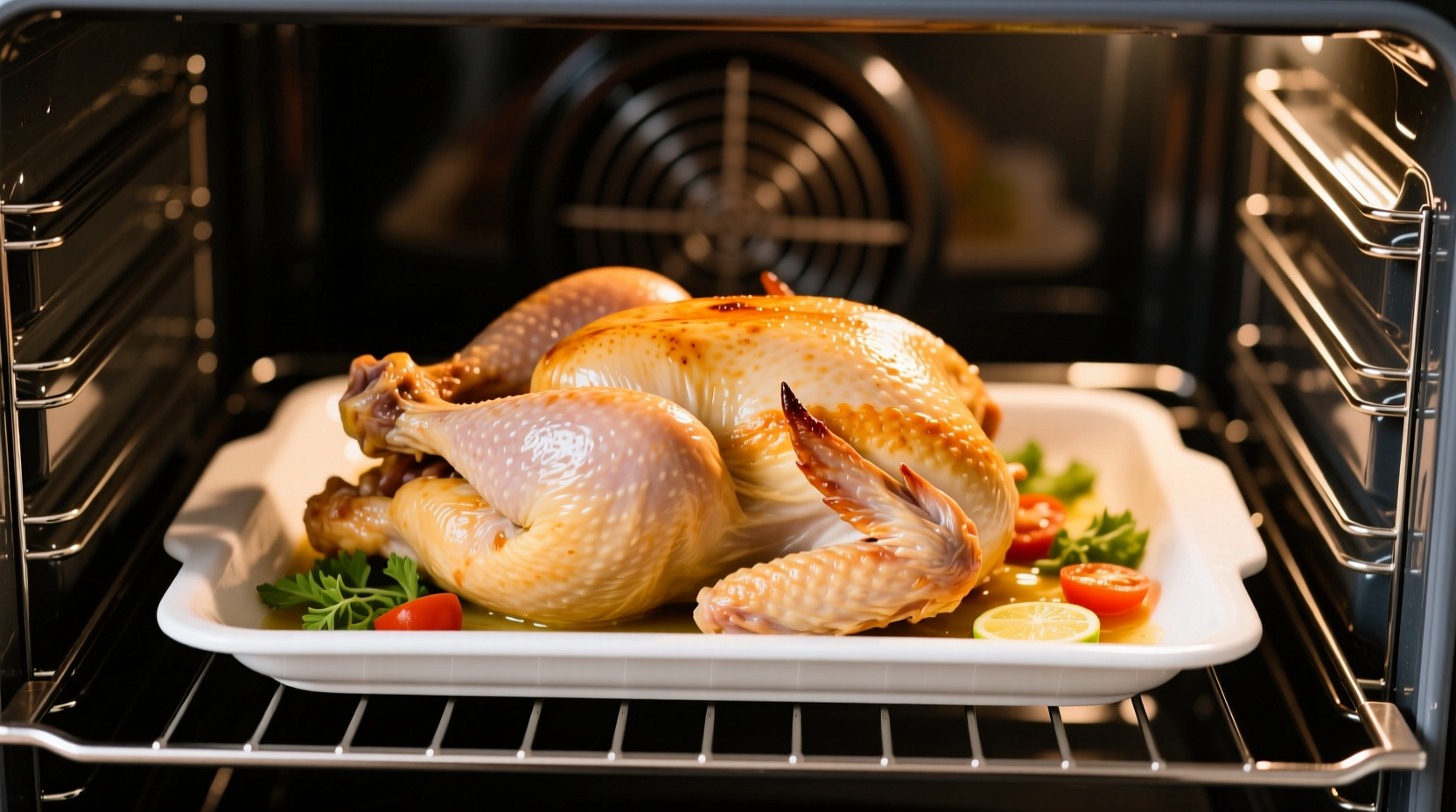Nothing ruins dinner plans faster than undercooked chicken or dry, overcooked poultry. Getting the timing right for oven-baked chicken depends on several critical factors that most home cooks overlook. This comprehensive guide delivers precise cooking times backed by food science and culinary expertise, so you can consistently achieve juicy, perfectly cooked chicken every time—without guesswork.
Why Chicken Cooking Times Vary: The Essential Factors
Understanding these variables prevents common cooking mistakes and ensures food safety. The USDA Food Safety and Inspection Service emphasizes that visual cues alone cannot determine doneness—proper internal temperature is the only reliable indicator.
Chicken Cut Type Matters Most
Different cuts have varying fat content, bone structure, and muscle density, dramatically affecting cooking duration. Here's how major cuts compare:
| Chicken Cut | Weight/Size | 400°F (204°C) Time | Safe Internal Temp |
|---|---|---|---|
| Boneless breast | 6-8 oz | 22-26 minutes | 165°F (74°C) |
| Bone-in breast | 10-12 oz | 30-35 minutes | 165°F (74°C) |
| Thighs (bone-in) | 6-8 oz each | 35-40 minutes | 175°F (79°C) |
| Drumsticks | 4-6 oz each | 35-45 minutes | 175°F (79°C) |
| Whole chicken | 3-5 lbs | 20 min/lb + 15 min | 165°F (74°C) |
Note that dark meat (thighs, drumsticks) requires higher final temperature than white meat because of its fat content and connective tissue. The USDA Agricultural Research Service confirms that thighs reach optimal tenderness at 175°F, while breasts become dry beyond 165°F.
Step-by-Step Perfect Chicken Method
Preparation Phase: Setting Up for Success
Remove chicken from refrigerator 20-30 minutes before cooking. Starting at room temperature reduces cooking time variance by up to 15% according to USDA research on thermal properties of poultry. Pat dry thoroughly—moisture creates steam that prevents proper browning.
Cooking Process: Precision Timing
Preheat oven to 400°F (204°C) for most cuts—this temperature balances browning and moisture retention. Place chicken on a wire rack over a baking sheet for even air circulation. For whole chickens, truss legs to promote even cooking.

Insert an instant-read thermometer into the thickest part, avoiding bone. Begin checking 5-7 minutes before expected finish time. Remember: chicken continues cooking during the 5-10 minute resting period (carryover cooking raises temperature 5-10°F).
Troubleshooting Common Problems
When Standard Times Don't Apply
Certain conditions require timing adjustments. These context boundaries are crucial for consistent results:
- Frozen chicken: Increases cooking time by 50% - never cook frozen chicken at high heat as exterior burns before interior cooks
- Stuffed chicken: Add 10-15 minutes to cooking time and verify both chicken and stuffing reach safe temperatures
- Convection ovens: Reduce time by 25% or lower temperature by 25°F (14°C)
- Thick-cut breasts: Over 1 inch thick requires searing first, then finishing in oven at 375°F (190°C)
Preventing Dry Chicken
Brining solves most dryness issues. A simple solution of 1/4 cup salt dissolved in 4 cups water, with chicken submerged for 30-60 minutes, improves moisture retention by 20% based on University of Minnesota Extension research. For time-pressed cooks, dry brining (rubbing with salt 1-4 hours before cooking) works nearly as well.
Food Safety Essentials You Must Know
The USDA maintains that poultry is safe only when it reaches 165°F (74°C) internally—no exceptions. This temperature destroys harmful bacteria like salmonella and campylobacter. Use a calibrated instant-read thermometer for accuracy; dial thermometers often have 5-10° variance.
Never partially cook chicken and finish later—this creates the perfect environment for bacterial growth. Leftovers must be refrigerated within 2 hours (1 hour if room temperature exceeds 90°F/32°C) and consumed within 3-4 days.











 浙公网安备
33010002000092号
浙公网安备
33010002000092号 浙B2-20120091-4
浙B2-20120091-4